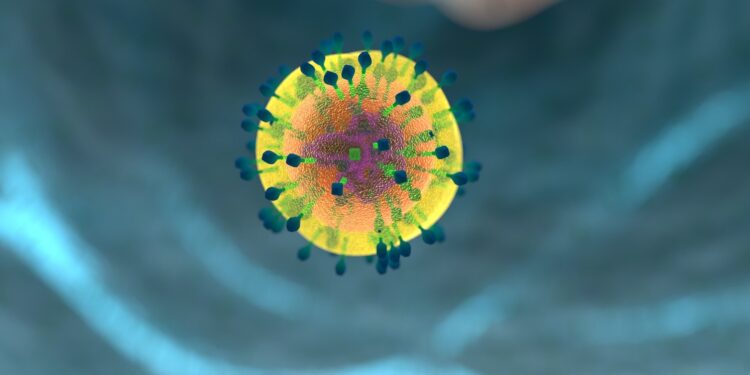Credit: Public domain CC0
Killer immune cells destroy cancer cells and cells infected with virus. These CD8s+ T cells are activated after detecting viral infection or “non -self” tumor cells. However, in chronic viral infection and cancer, killer cells often embark on the “exhausted” CD8+ T cells that can no longer stem the disease.
This exhaustion is a major barrier in new immunotherapy for cancer, including immune control points and automotive cell therapy.
In a detailed study of the exhausted T lymphocytes sub-assembly reported in Nature communicationsUniversity of Alabama in Birmingham Researchers led by Lewis Z. Shi, MD, PH.D., show that a transcriptional repressor called GFI1, or independent-1 growth factor, is a key regulator for the training of CD8 sub-stake+ T cells and can offer a key to reducing exhaustion.
“Our study identifies an important role of GFI1 in the orchestration of the CD8+ Response from T lymphocytes to anti-CTLA-4 treatment, the very first immune control point blocker approved by the American Food and Drug Administration to treat advances with advanced cancer, “said Shi, professor in the UAB radiotherapy department.
“We reason that the GFI1 activity has refined in T cells can prevent or reverse the exhaustion of T lymphocytes to strengthen the efficiency of blocking immune control points.”
CD8 exhausted+ T cells are a complex population of sub-assemblies composed of progenitor cells and “effective” or “exhausted terminal” cells. Effective type cells always retain a certain killer capacity.
UAB researchers used mice infected with a chronic virus to describe four subsets in the population, including a LY108 previously sub-direct+Cx3CR1+ A subset that expresses low GFI1 levels, while other established sub-assemblies have a high expression.
Notable key characteristics of LY108+Cx3CR1+ The subset includes: first, the LY108+Cx3CR1+ The subset has a distinct chromatin profile from other sets, which means modified accessibility for certain genes on the chromosome.
Second, this subset is transient and develops in terminal exhausted cells and effective-type cells, which retain a certain capacity for tumors. Third, this process depends on GFI1.
To demonstrate a role for GFI1 in the treatment by blocking immune control points, the UAB team has tested the anti-CTLA-4 treatment in a bladder bladder cancer model, comparing mouses that had T cells with a KO or a wild Knockout GFI1.
They found that anti-CTLA-4 therapy significantly inhibited tumor growth in wild but not Knockout mice. Likewise, anti-CTLA-4 therapy has favored infiltration and / or expansion of CD4+ and CD8+ Lymphocytes infiltrate tumors from wild-style Knock-Out mice but not G fi on. These observations were largely corroborated in a second model of colorectal adenosarcoma mouse, MC38.
“Considering that the downfail regulation is associated with the active differentiation of CD8+ Profegenitors of T lymphocytes, we argue that the transitional and intermittent inhibition of dial with the histone demethylase specific to lysine can facilitate the differentiation of progenitors to LY108+Cx3CR1+ Cells then with effector type cells, thus improving the control of chronic infections and tumors, “said Shi.
In addition to a recent report by other promising results in small cell lung cancer, the combination of a histone demethylase inhibitor specific to lysine with the anti-PD-1 immune controller, additional tests of this combined approach, should be carried out in melanoma, bladder cancer and colorectal adenocarom, in particular Resistants of immune control control, Shicarcino.
More information:
Oluwagbemigiga A. Ojo et al, GFI1 controls the formation of CD8 + Types of the effective type during chronic infection and cancer, Nature communications (2025). DOI: 10.1038 / S41467-025-59784-1
Supplied by the University of Alabama in Birmingham
Quote: The GFI1 key protein was found to regulate the ex exhausted T cells in cancer and infection (2025, August 5) recovered on August 5, 2025 from
This document is subject to copyright. In addition to any fair program for private or research purposes, no part can be reproduced without written authorization. The content is provided only for information purposes.



